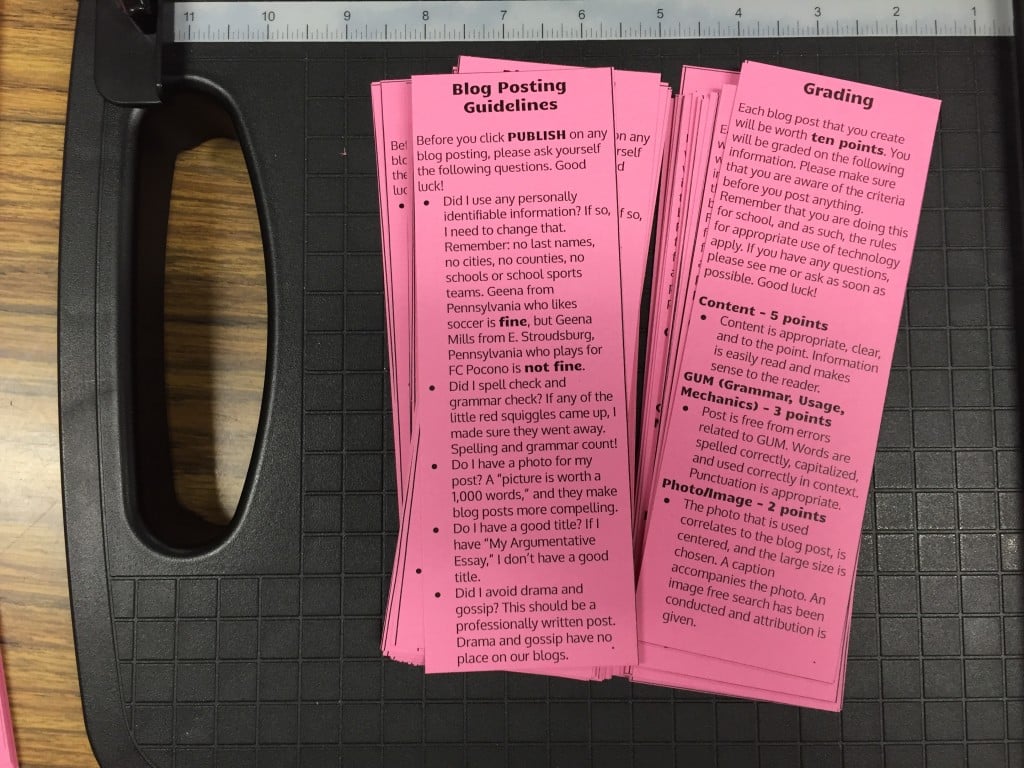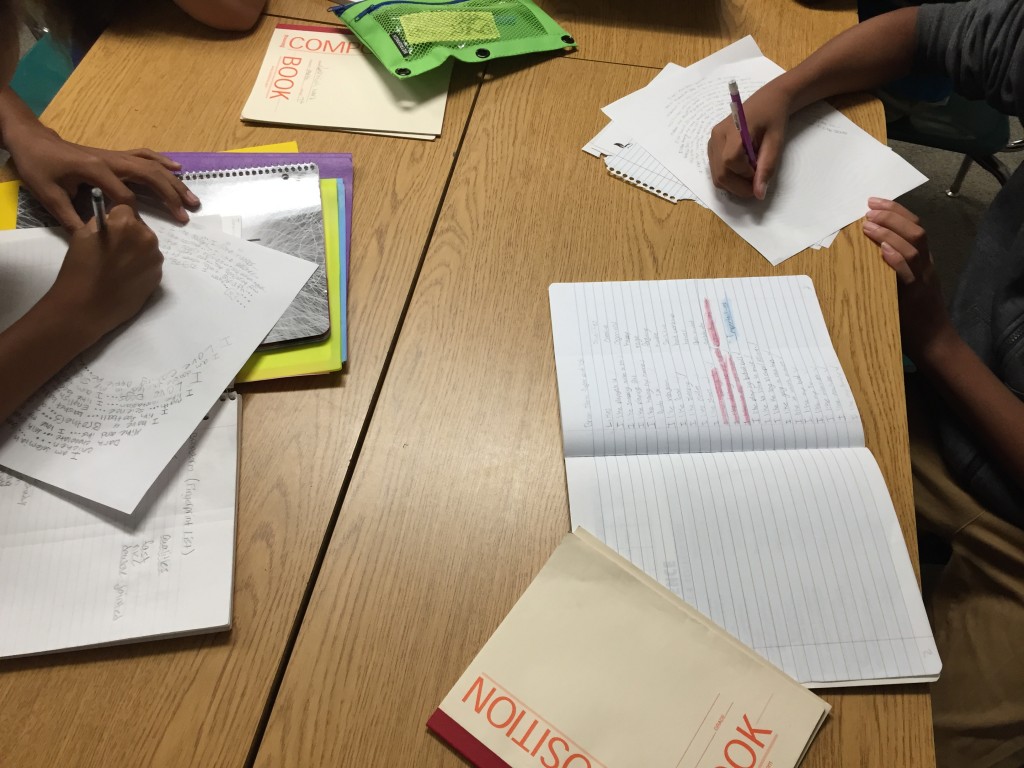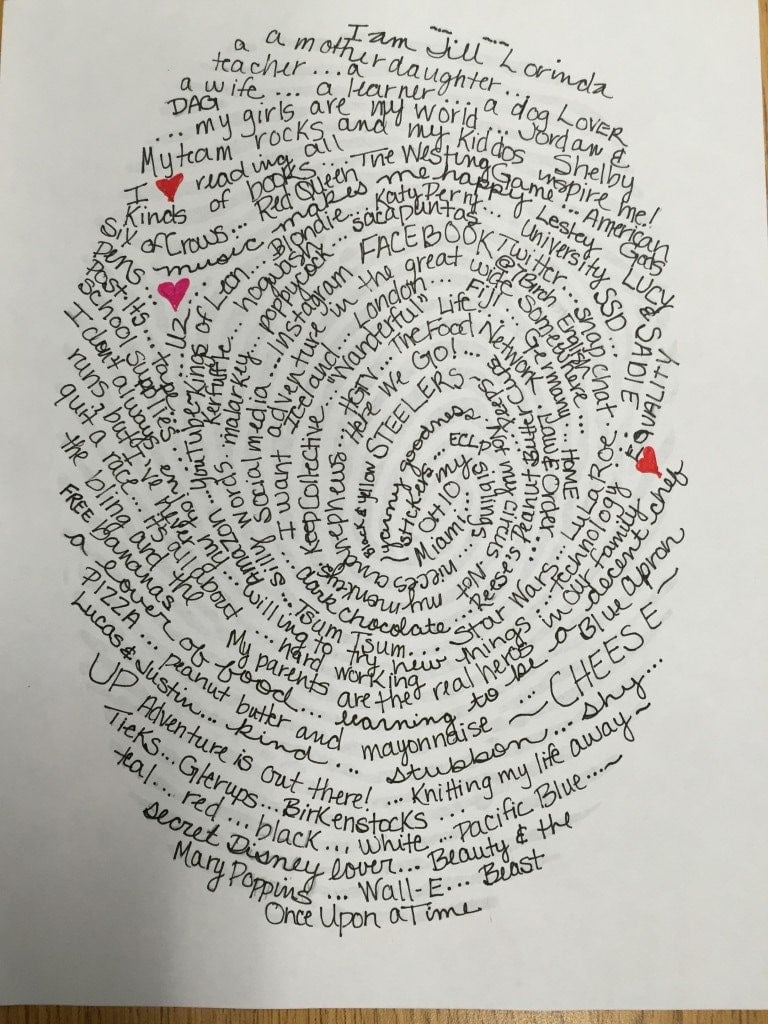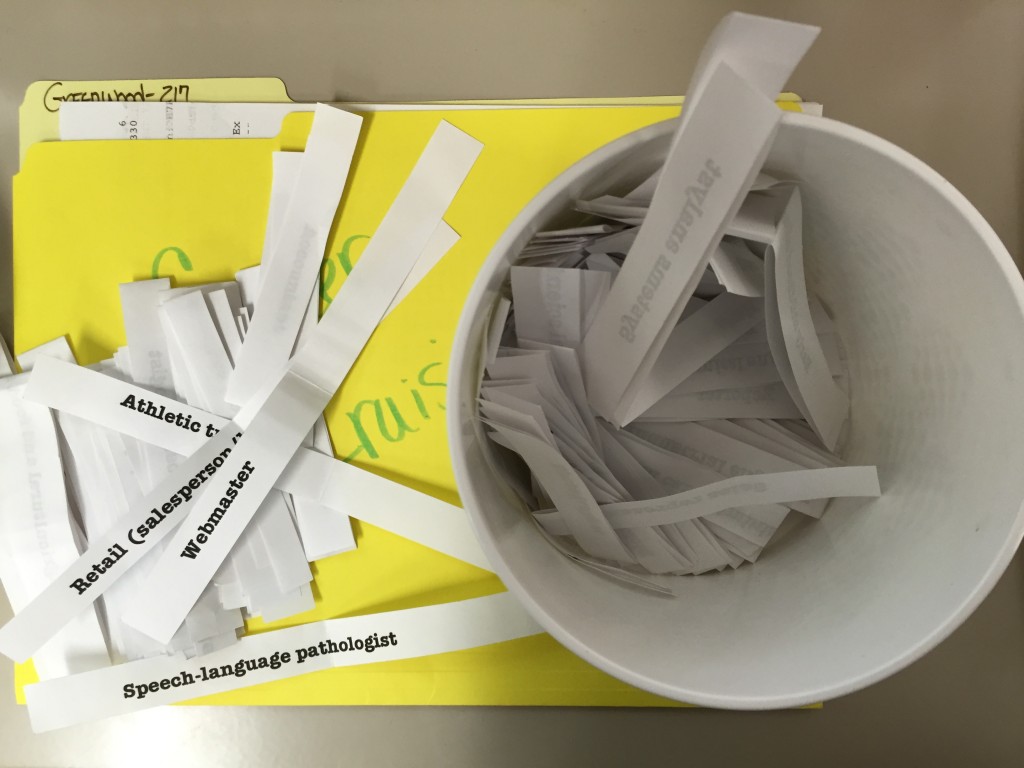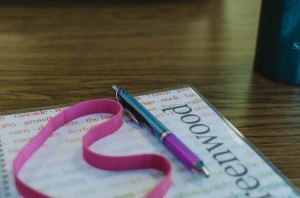Running to Stand Still*
When I went through teacher training, it was at the elementary level (grades K-6), and learning centers were simply something we did. Most of the time, the stations were created so students could cycle through three to four learning activities over the course of a few days. Often times, the teacher was stationed with a reading group, providing some much needed one-on-one time. But at the middle school level, it is slightly more challenging because more is required of the students. In elementary classes, the most coveted station was usually some kind of game (anyone remember queueing for Oregon Trail only to have the wagon tip over and everyone drowned?). Now, games are old hat.

Students used task cards to locate prepositional phrases. The sentences based on Riverdale and The Flash were huge hits!
Several years ago, prior to our students having a one-to-one set up with computers, I had stations for six days that rotated in the middle of a writing unit. Two of the days involved revision – one with peers and one with me – while the other four centered on grammar and vocabulary. So much planning went into a rotation such as this. I had colored folders and papers and magnets and baskets, but it worked for the most part. For some reason, I stopped running centers after a couple of years because they took so much time to organize, and using them again required being at the same place each year if I wanted to reuse them. Never happened – I’ve never been in the same place in our curriculum at the same time of the year, so reusing the centers was basically a non-starter.
But this time, I opted to take out the revision and conferencing and instead have the students focus entirely on one specific skill or unit. The stations that I created all had to do with prepositional phrases and gave the students more practice to identify and use the phrases correctly in context. It was a lot harder than I thought to come up with five distinct tasks for my students to create, but I wanted to make sure that they could complete them collaboratively and that they involved a fair amount of writing. If all they were doing was simple identification, then a worksheet would accomplish the same task. The five tasks that I included were: descriptive paragraph using prepositional phrases; analyze a passage from a novel and create new prepositional phrases; generate a list of prepositional phrases to describe a Google Doodle; figure out the prepositional phrase based on context only; and simple prepositional phrase identification using task cards. Even though my directions were crystal clear, I found that I needed to visit each group – beginning with the Google Doodle station – to make sure that everyone understood the directions. In the end, I truly felt as if I were running to stand still because I never seemed to make it any further than where I was.

One of the stations was to describe this photo and determine where it was taken using a clue in the caption
There are a lot of pros and cons for stations (or centers) in a middle school setting:
Pros
- movement in the classroom
- collaboration with peers
- differentiation of materials
- not just a worksheet
- multiple attempts at success
- many more opportunities to use the chosen concept in writing
Cons
- lots of talking, which can get out of hand
- possibility for one person to take over the group
- need for incredibly clear directions and the need to read them (not really a con but so many of my kiddos said they didn’t understand what they needed to do and yet did not read the directions)
- So. Much. Time – this took at least two full class days
In the end, was I glad that I used stations to teach prepositional phrases? Yes. Would I do this again? Probably, but with some modifications. Creating the stations took a lot of work because I laminated all of the task cards and papers so they could be used again next year. While I liked my students getting the opportunity to work with their peers, I know that there was the chance that several people would rely on their group members to get their answers, and this practice would not be of real benefit for them. If I did this again, I would probably restructure it so that we didn’t spend as much time on the stations.
*If you haven’t figured it out by now, I really love song lyrics. Like a lot a lot love song lyrics. I would happily debate why certain song lyrics are more resonant or why the final 43 seconds of U2’s “Gloria” might be the most perfect 43 seconds ever (watch the whole thing or skip ahead to 3:00, but trust me on this one). The title for this post is from another U2 song, and when I decided to give stations a whirl, I started humming it nonstop for a few days.
